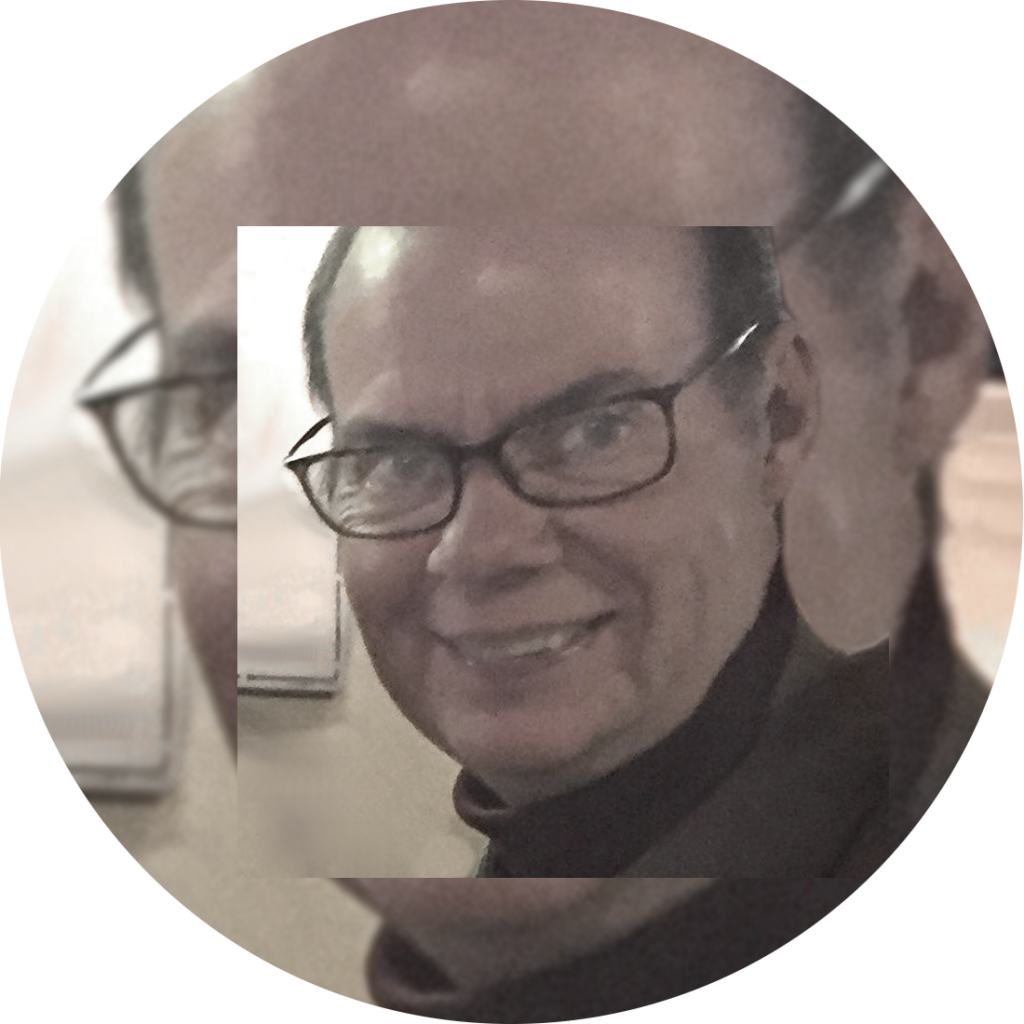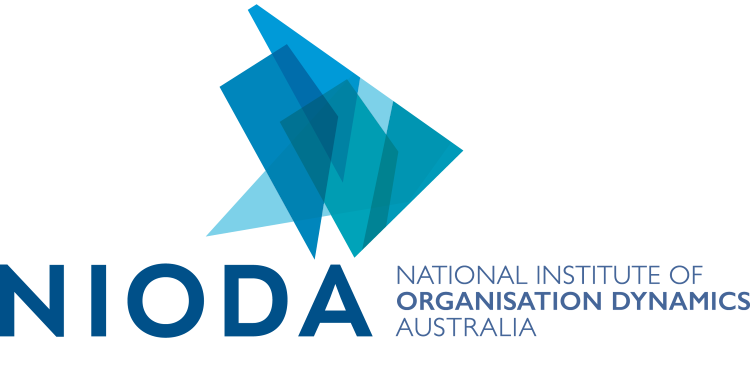🔖 PRESENTATION
Paper (parallel)
📆 DATE
Friday 10 Sep 2021
⏰ MELBOURNE TIME
9.00 - 11.00 am
⏰ LOCAL START TIME
time start

Dr Brigid Nossal
Deputy CEO and Director Consulting, NIODA, Australia
Brigid Nossal is a co-founder of NIODA and has dedicated the past twenty years to studying, researching, teaching, supervising and consulting in applied systems psychodynamics. She is fascinated by the profound impact that hidden dynamics can have on the capacity of individuals, groups and organisations to fulfil their purpose and the kind of positive transformations that can be effected when these are able to be explored. These days Brigid works primarily as an executive coach, advisor and research supervisor.
⏰ DURATION
120 minutes
The Use of Drawing as an Agent of Transformation: a case presentation
Over the past thirteen years, I have had the privilege of working as a Principal Consultant and Director of Consulting for first, Innovative Practice and now, NIODA Consulting. They are the only two lasting consulting practices (that I know of) in Australia of more than one or two consultants that have been solely dedicated to applied systems psychodynamic and action learning approaches. What this means is that in every consulting project, seeking to work with clients to reveal and explore the hidden (unconscious) aspects of organisational conundrums (Armstrong & French 2005, Hirschhorn 1990, Huffington et al 2004 and many more) – that is, coming to know what was previously unknown – is central to the work. While every project is unique and deserves a unique response, one consulting tool that has proven a powerful and reliable resource on every occasion is drawing.
When I first wrote about drawing as a tool in socioanalytic consulting (Nossal 2013), Susan Long challenged the absence in my paper of a critique that might expose its limitations. I could find none and to some extent, this remains true. Instead, in the years since, I have discovered something of a conundrum. Drawing, as part of a consulting intervention can be extraordinarily efficient at revealing the hidden in organisations to great effect. However, when what is revealed, while arguably the heart of the matter, is unwanted by the senior management because it is too clear, too simple and demands an immediate response, it can prove a liability for consultants.
After briefly introducing drawing as a method for accessing possible unconscious thoughts and dynamics in organisational consulting, I would like to tell the story of a project in which drawing was used as the key tool during the merger of two large Victorian Government departments. The timeframe for the merger was very short with a new executives and directors appointed within a week, while others and their teams were suddenly made redundant. The consulting project was initiated shortly thereafter and was called ‘Talking Through Change’. It was a statewide project designed to be an opportunity to support staff during the change by creating a space for them to ask questions and share their experiences and at the same time to feed information back to the executive about the current state of the organisation as it was coming into existence. The design of the project was simple and drawings were central. In a short time, the drawings accurately captured the experience for staff of the merger and identified key areas or issues requiring intervention by management. At the conclusion of the consultation period, consultants were able to offer, with the help of the drawings, a detailed picture of the state and culture of the organisation and some recommendations to management. I will argue that the depth and richness of data generated in this simple intervention far exceeded the kind of information made available by, for example, the People Matters Survey that is so ubiquitous across public service organisations or the Organisational Cultural Inventory (OCI) that was chosen at the conclusion of our work as the intervention of choice.
This was a creative and daring project that reached across the whole state during a critical period in the life of the organisation. It proved a cheap and effective process.
Having presented the case in some detail, I would like to engage participants in a discussion about why the findings were rejected by the management and what could be learned from this.
Day(s)
:
Hour(s)
:
Minute(s)
:
Second(s)
Session schedule
5 MINS
Introduction
30 MINS
Paper presentation
20 MINS
Small group discussion; impressions of the paper and developing questions for the presenter
20 MINS
Discussion forum with the presenter; moderated for the speaker to elaborate their ideas
10 MINS
Discussion forum with the presenter; themes from the discussions
5 MINS
Break
30 MINS
Whole symposium open reflection discussion
Share this presentation!
Parallel Paper Presentations
The following are presenting at this time

DR JO CHAFFER
What matters in Method (-ology): movement and critical messiness

DR JOSEPH DUGGAN
Unconscious Becoming and Its Undesired Impact

MS JOAN LURIE
Lifting the Veil: Discovering Organisational Systems

